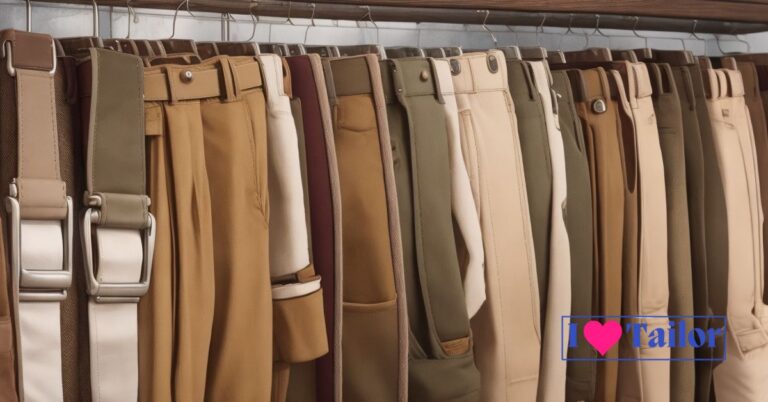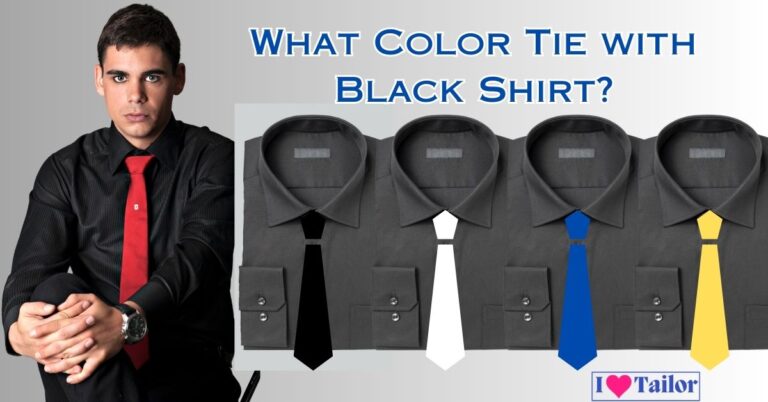What to wear to a visitation man?
Friends and family may encourage one another, share memories, and pay their condolences during a visitation before a funeral. It’s a more relaxed atmosphere where people may come and go within the allotted hours. Sounds simple, right? Well, the simplicity might be a facade when it comes to deciding, “What to wear to a visitation man?“
The Importance of Dressing Appropriately
Deciding on an outfit for visitation can be perplexing, given the event’s delicate and somber nature. One should consider not only personal comfort but also respect for the occasion. Dressing appropriately exhibits respect for the deceased and their family, showing that you understand the gravity of the event.
Note: Also read about, “What to wear to a graduation ceremony as a guest male?” The choice largely depends on the dress code specified for the event and your personal style preferences.
What to wear to a visitation man?
Let’s explain it!
Business Casual Attire

Defining Business Casual
Business casual attire strikes a balance between professional and laid-back styles. It’s less formal than traditional business wear but still professional enough for an office environment.
Suitable Clothing Options
For a visitation, a button-down shirt paired with dress pants or chinos is an ideal choice. A jacket or blazer is optional but can add a polished look to your outfit. Remember, comfort is essential, so select items that allow ease of movement.
Semi-Formal Attire

What is Semi-Formal?
Semi-formal attire is a step up from business casual, typically reserved for evening events. It exudes an element of sophistication without being overly formal.
Perfect Pieces for Semi-Formal
A dark suit, a white dress shirt, and a conservative tie make for a suitable semi-formal outfit. Dress shoes are a must in this scenario.
Formal Attire
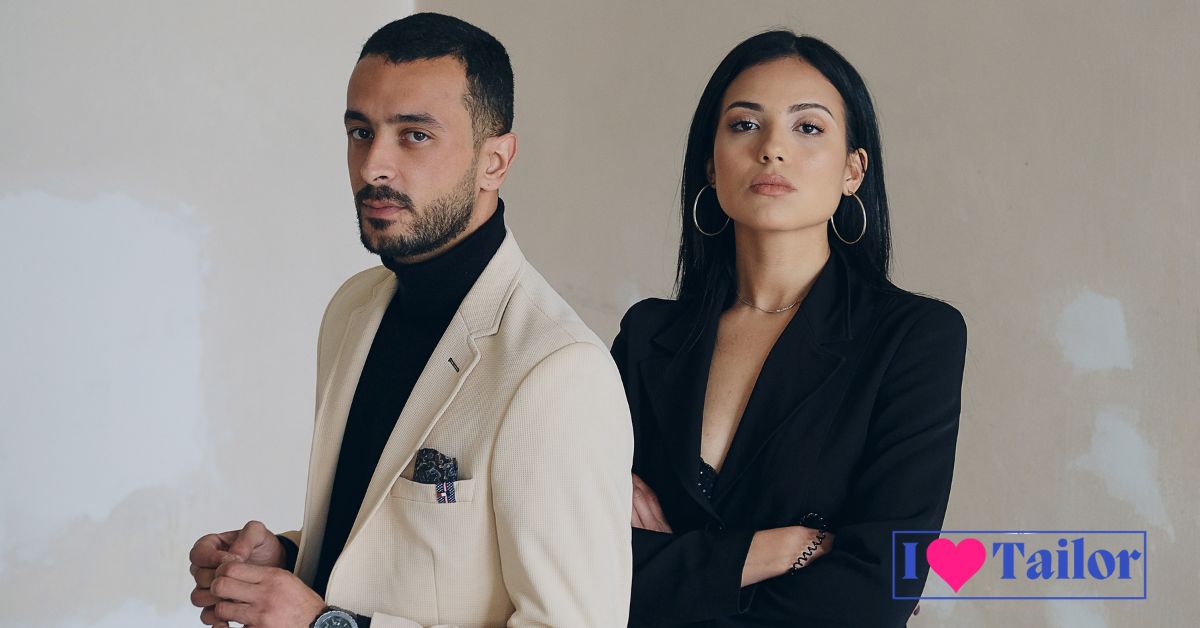
Formal Dress Code Explained
A formal dress code indicates the highest level of elegance and sophistication, requiring a tuxedo or a dark suit.
What to Pick for Formal Events
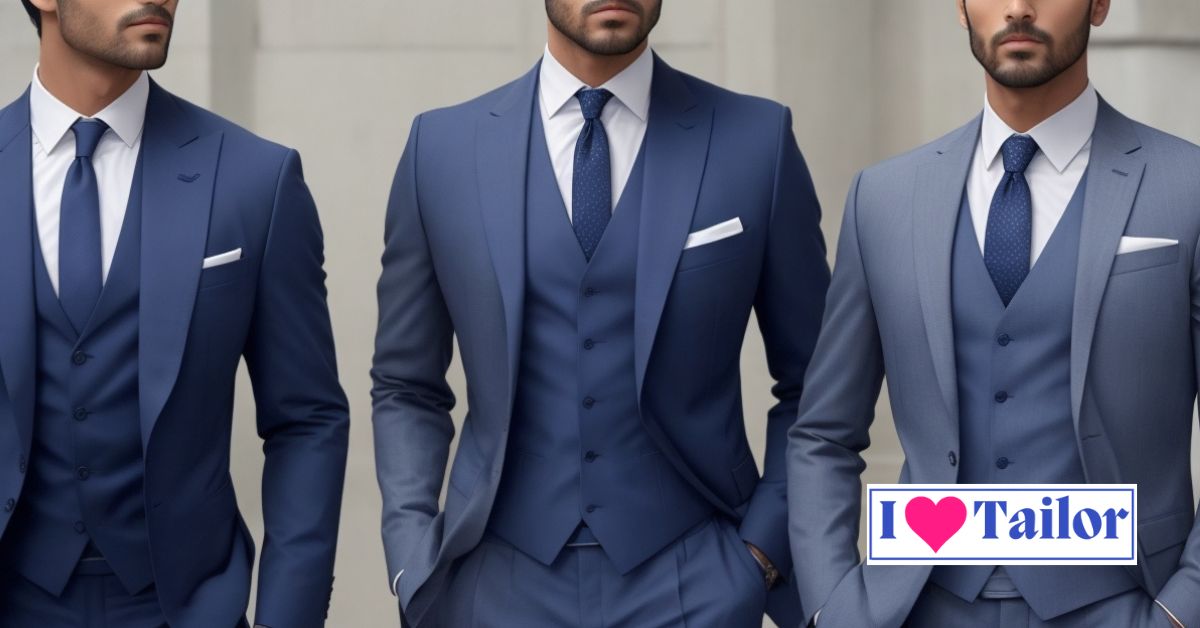
For a visitation, however, a dark suit paired with a white shirt and a subdued tie should suffice.
Color Choices for Visitation Attire

Safe and Respectful Colors
Traditionally, darker colors such as black, navy blue, or charcoal are preferred for these occasions as they signify respect and mourning.
Colors to Avoid
While there’s no hard and fast rule, it’s generally advised to avoid loud and vibrant colors as they might come across as disrespectful in a somber setting.
Cultural and Religious Considerations
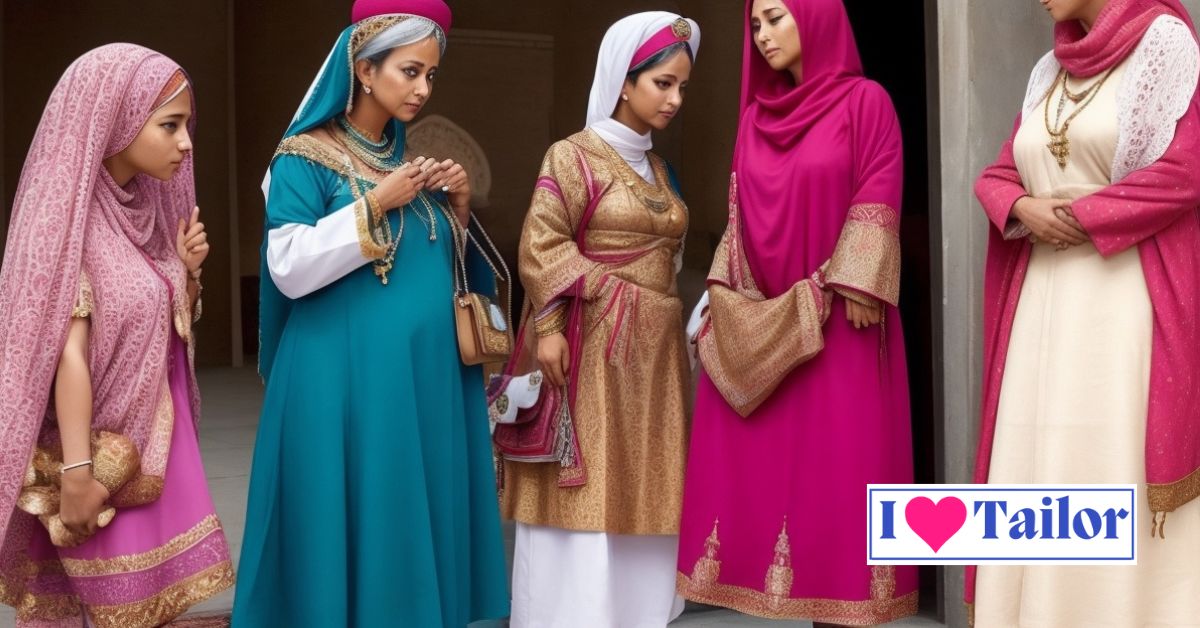
When it comes to determining the appropriate attire for a visitation, understanding cultural and religious customs can play a significant role. Different cultures and religions have their own customs for visitations. It’s essential to be aware of these when deciding what to wear. In some cultures, specific colors or types of clothing might be preferred or even required.
Understanding Cultural Differences

Awareness of the deceased’s cultural background is important. For instance, in some East Asian cultures, white is the color of mourning, not black. On the other hand, some cultures prefer brighter colors as a celebration of the deceased’s life.

Religious customs can also influence dress codes. For example, in some Islamic traditions, men might wear a white dress known as a “kan-dura” or “dishdasha.” When in doubt, research or ask someone close to the family about the expected customs.
Western Customs: The Predominant Standards
In most Western cultures, the guidelines outlined above are standard. Formal or business casual attire, darker colors, and respectful accessories are the norms.
Non-Western Customs: Understanding the Differences
If the visitation is for someone from a non-Western culture or a particular religious group, do some research or ask someone involved with planning the event about any specific clothing customs or restrictions.
Choosing Appropriate Accessories
Just as the choice of clothing is important, so too is the selection of accessories. They should complement your outfit without drawing too much attention.
Watches and Jewelry
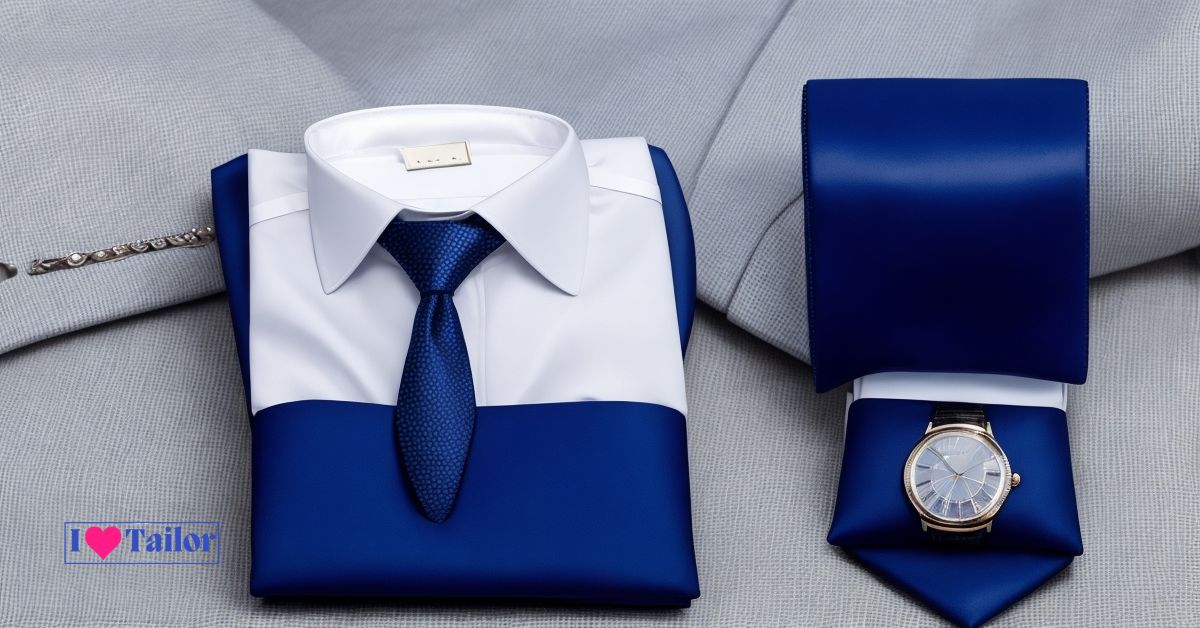
If you decide to wear a watch, make sure it’s simple and elegant. Avoid flashy jewelry, sticking to conservative choices like cufflinks or a tie clip, if necessary.
Belts and Shoes
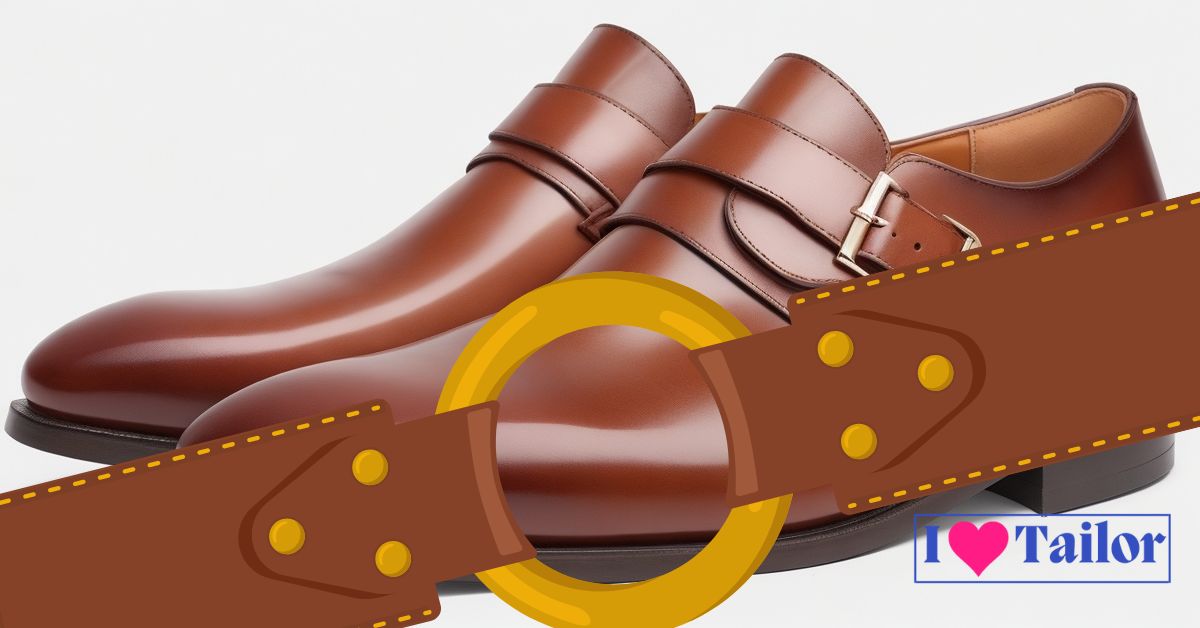
Your belt should match your shoes in color. Also, remember to polish your shoes for a neat appearance.
Welcome to Servis https://www.servis.pk/Shoes Store in Pakistan! Buy Online Sandals, Chappals, Heels, Slippers, Pumps, Sports, Formal, and Casual Shoes For Men, Women Kids
Weather Considerations: Dressing for the Climate
Whether you’re in the heat of summer or the chill of winter, your attire should be appropriate for the weather, but still respectful.
Summer Attire: Keeping Cool and Respectful
Lightweight fabrics like linen and light cotton can be your best friends in a hot climate. Opt for a lighter-colored suit, or even dress slacks and a crisp shirt, and remember – it’s always better to be overdressed than underdressed.
Winter Attire: Staying Warm and Formal
In colder months, heavier suits are appropriate. Remember to layer – a high-quality overcoat will keep you warm and maintain your formal look.
What Not to Wear to a Visitation
Just as there are things you should wear, there are also things you should avoid to maintain a respectful appearance.
Clothing to Avoid
Stay away from overly casual clothing, such as jeans, t-shirts, and sneakers. Bright colors and flashy accessories can also be seen as disrespectful.
Avoiding Overdoing It
While it’s essential to dress appropriately, try not to overdo it. The goal is to blend in and pay your respects, not to stand out.
Additional Tips to Dress Appropriately for a Visitation
Considering the Season
Your choice of clothing should also consider the time of year. Lightweight fabrics for summer and warmer ones for winter are practical choices.
Reflecting Personal Style within Respect
Remember, while it’s essential to respect the event’s seriousness, it’s okay to reflect your personal style within the bounds of propriety.
Minding Hygiene and Grooming
Personal grooming and hygiene are just as important as your outfit. Ensure your clothes are clean, ironed, and well-fitted, and maintain a neat appearance.
Dealing with Last-Minute Changes
It’s possible that you might need to adjust your attire last minute due to unforeseen circumstances, like a sudden change in the weather or an accidental stain on your planned outfit.
Having a Backup Plan
Having a secondary outfit at the ready can save you from last-minute stress. This could be as simple as having an extra shirt or pair of trousers.
FAQs:
What is acceptable to wear to a visitation?
At a visitation, attire should be respectful and conservative. This often translates to dark or muted colors in semi-formal styles, like blouses or collared shirts with slacks or skirts. Comfortable, polished shoes are also recommended to maintain a respectful appearance.
What do you wear to a funeral visitation men’s?
For a funeral visitation, men should aim for a semi-formal or business casual look, wearing a collared shirt, dark slacks, and dress shoes. A tie or blazer can be included but isn’t mandatory. Remember, colors should typically lean towards darker hues, symbolizing mourning.
What is casual wear for a funeral men?
Casual wear for a funeral for men might include a dark-colored button-down shirt and slacks or chinos. While a tie or blazer is not required, it adds a respectful touch. Dark, polished shoes complete the outfit, reflecting an overall tone of respect and sobriety.
Is there a dress code for funerals?
Yes, there typically is a dress code for funerals, which often leans towards conservative, dark clothing, signifying respect and mourning. However, specific attire can vary depending on cultural, regional, and personal preferences. It’s always best to ask or follow the family’s guidance when unsure.
Conclusion
Dressing for visitation may be challenging, but with the right knowledge and an understanding of respect, anyone can navigate this etiquette with grace and appropriateness. The aim is not only to look good but also to convey your respect for the deceased and their family.
Thanks!


